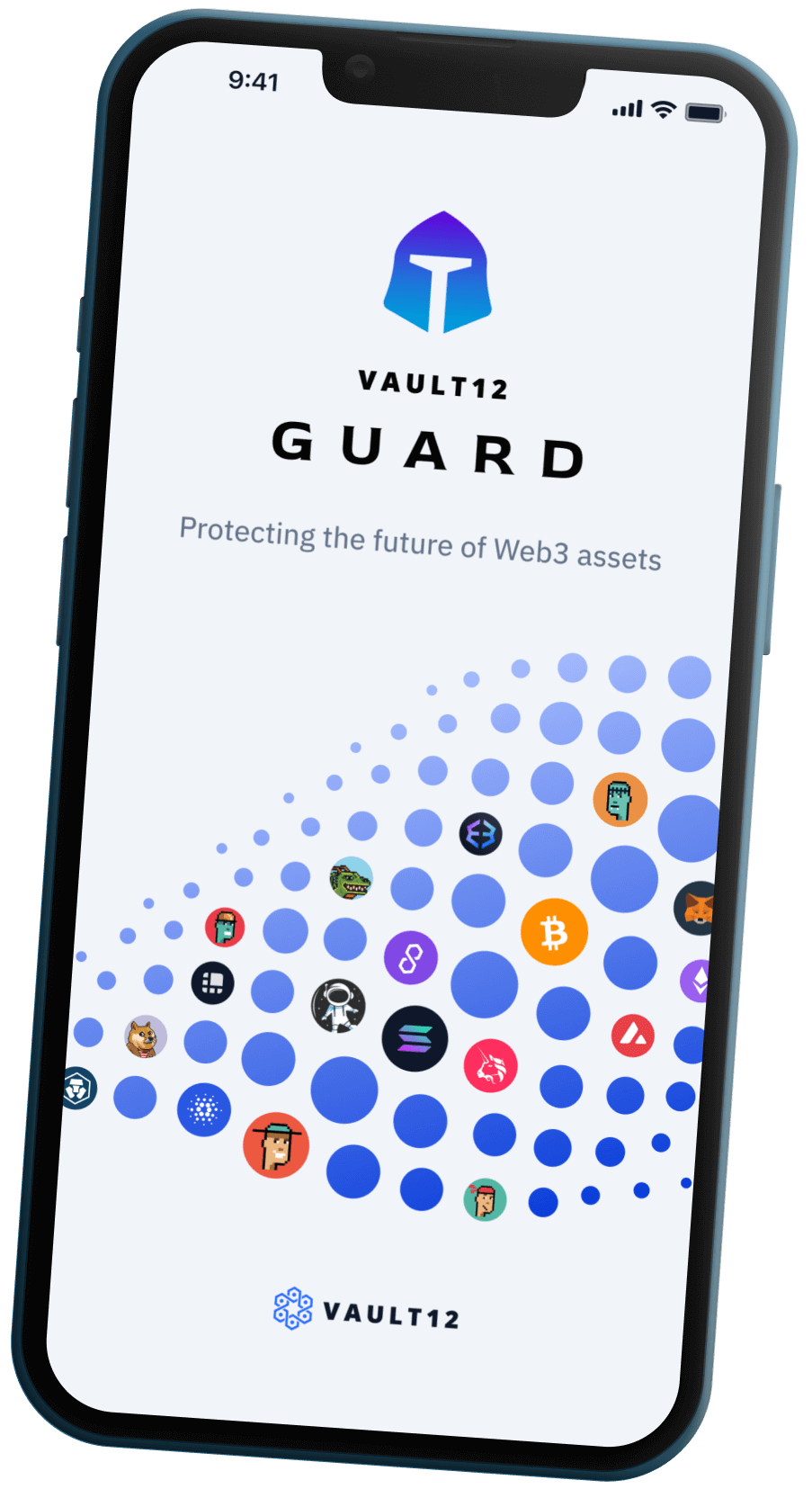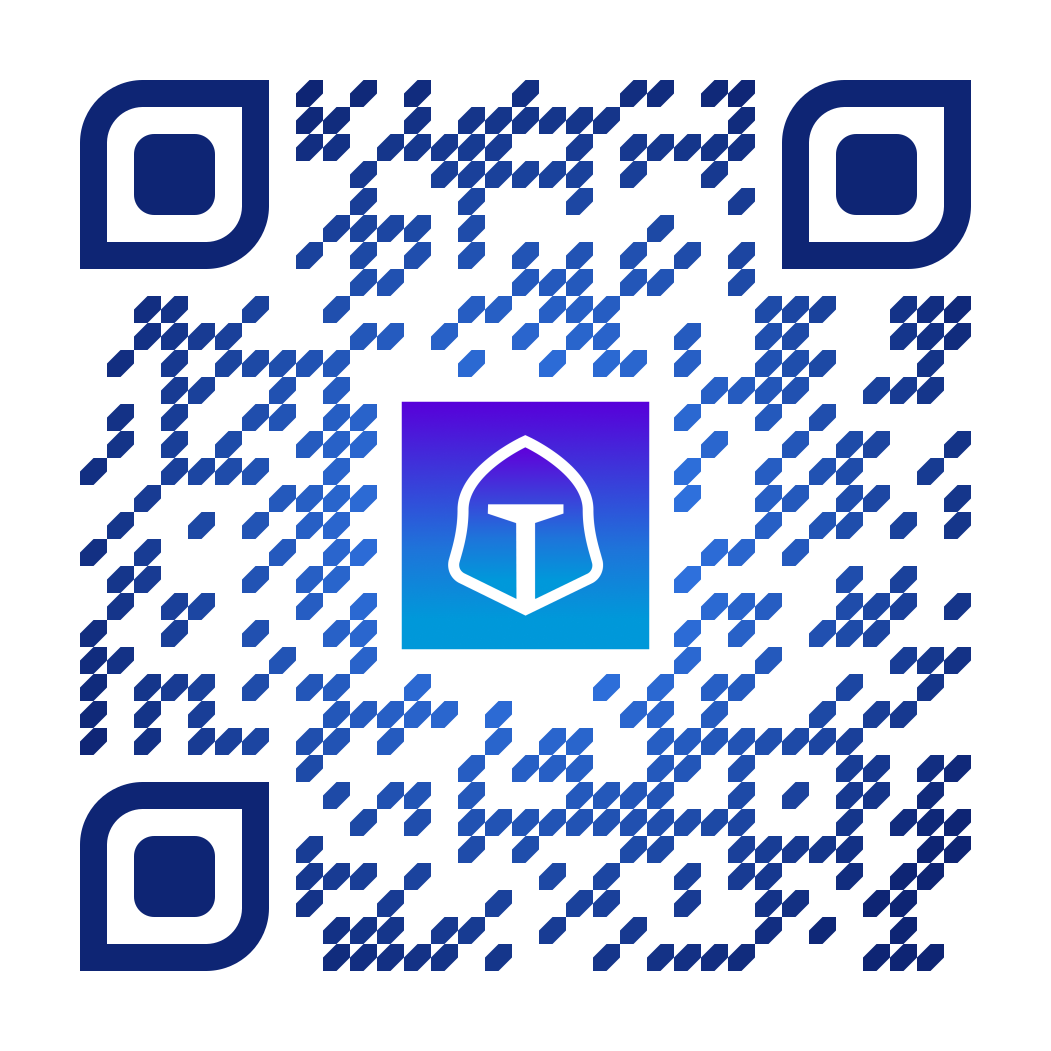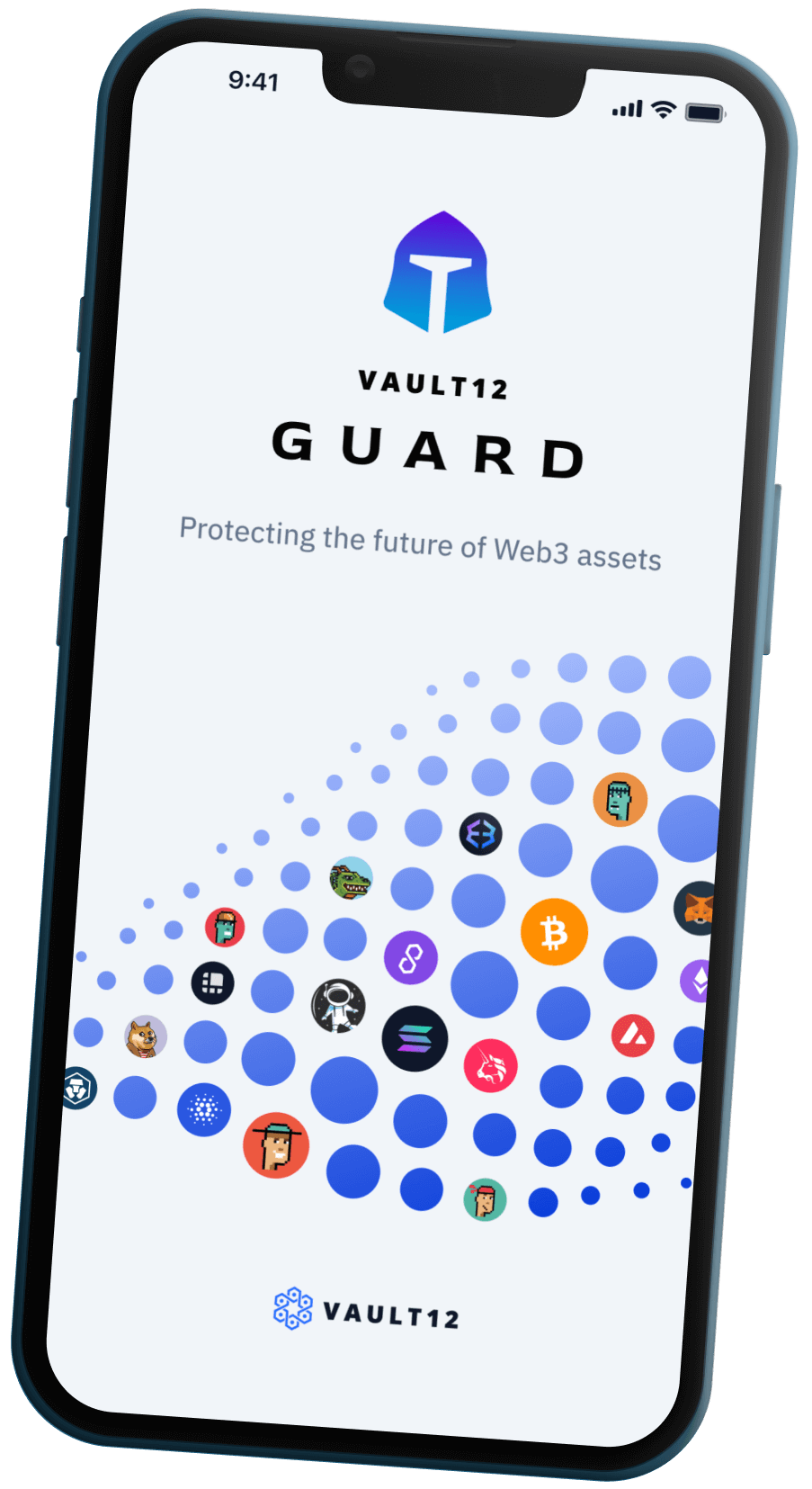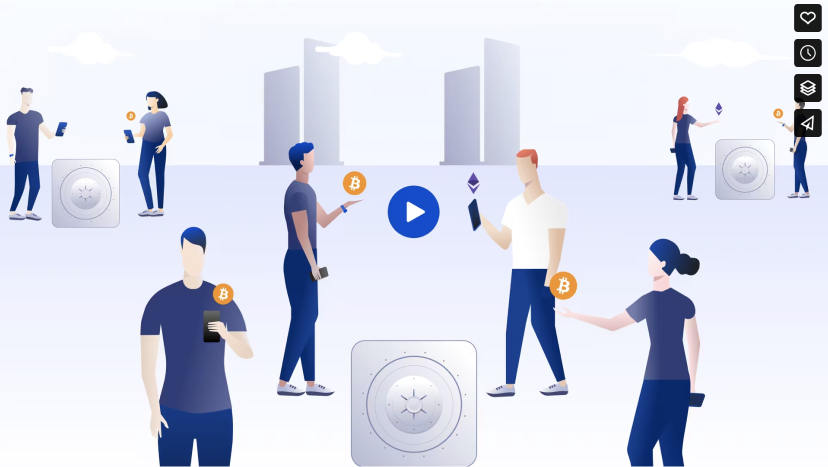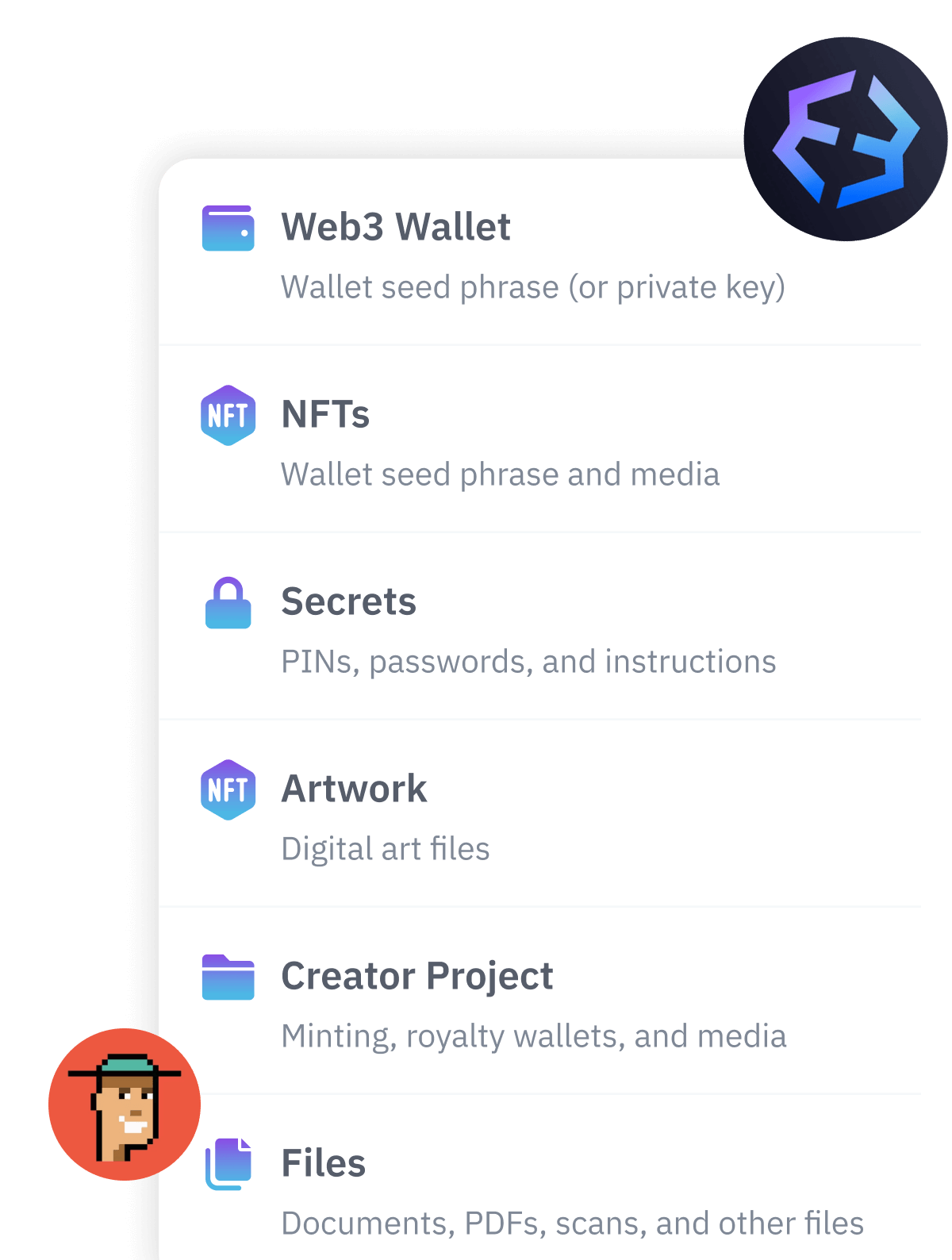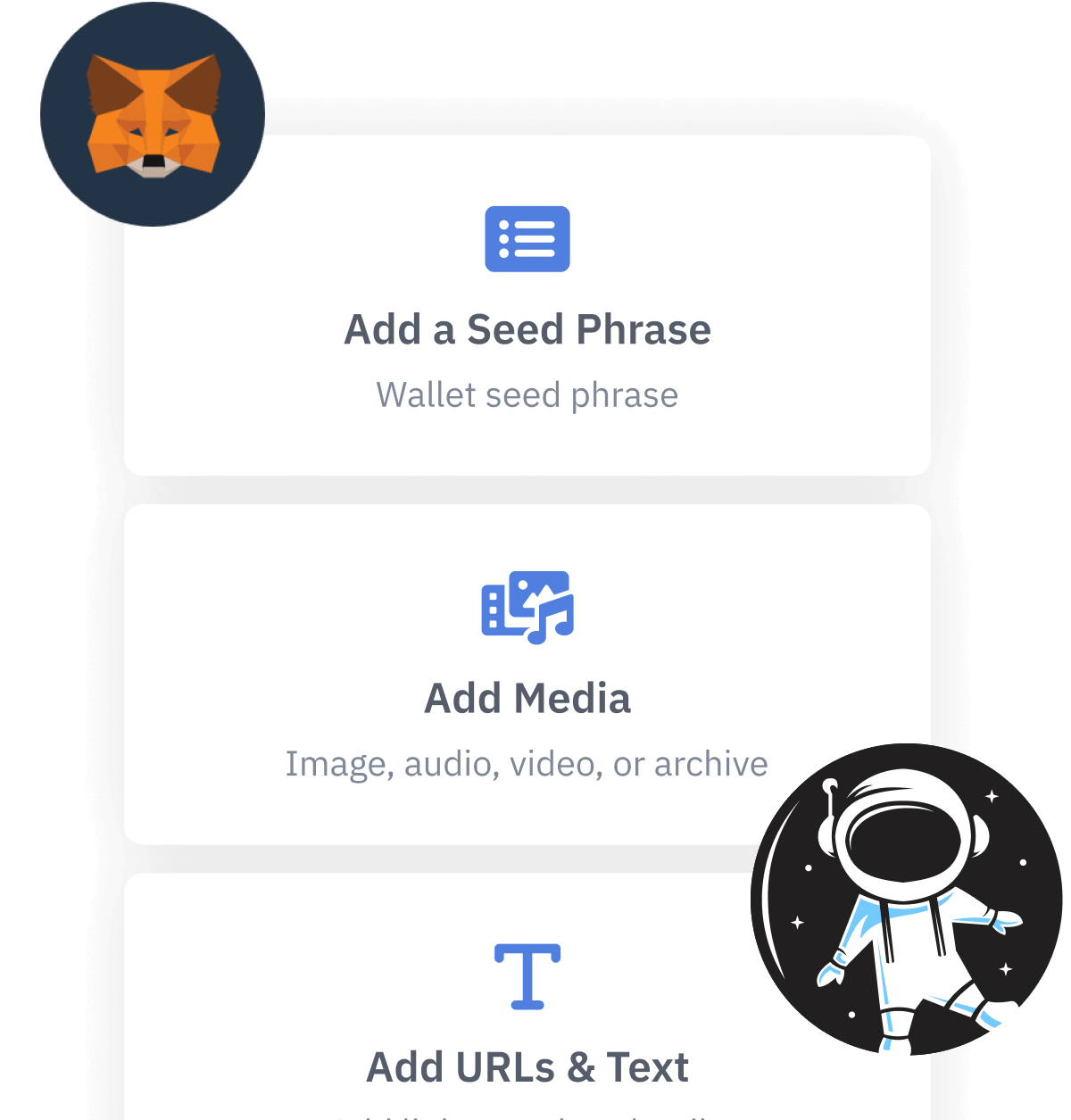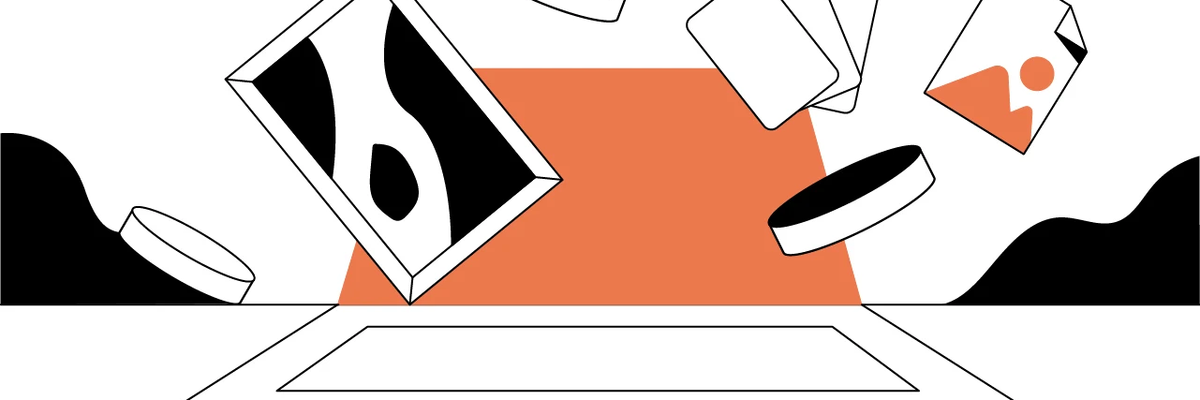
Contents
What Creators Need To Know About NFTs
Creators — from musicians to visual artists — are finding that NFT art marketplaces may be where the future of art sales is headed
Summary
Non-fungible tokens (NFTs) have surged in popularity and are opening doors for new artistic movements. Artists are discovering that NFT marketplaces give them a more direct line to their customer base — while allowing them to receive a higher percentage of the sale of their works. NFTs also allow artists to get a percentage of secondary sales if they choose to do so, and help prove and track the ownership of their works through transparent, blockchain-based transactions.
Understanding NFTs
For creatives looking to engage with non-fungible tokens (NFTs), the first step is to understand what an NFT actually is from a functional perspective. In order to break down what defines an NFT and how they compare to other tokens on the blockchain, we’ll begin by reviewing some key blockchain terminology.
In the blockchain ecosystem, the terms “digital asset,” “cryptocurrency,” and “crypto token” are often used interchangeably, but they bear some key distinctions. “Digital asset” is an umbrella term that includes both cryptocurrencies and crypto tokens. Cryptocurrencies are the native assets — or coins — of specific blockchain protocols, whereas tokens are built on top of existing blockchain networks. There are several widely used token standards for creating crypto tokens, the majority of which have been built on top of Ethereum.
The most widely used token standard is ERC-20, which allows for the creation of tokens that can interoperate within Ethereum’s ecosystem of decentralized apps (dApps). ERC-20 tokens are fungible, which means that every token of the same kind is identical and interchangeable. Another token standard — the NFT standard ERC-721 — was designed to enable non-fungible tokens that are individually unique and cannot be interchanged with other tokens. Each NFT’s uniqueness can be proven by its unique label created via specialized cryptographic code, and no token can be swapped directly for another.
How To Create an NFT
Now that we’ve clarified what defines an NFT from a technology standpoint, we can discuss how to go about creating one. Thus far, NFTs have been applied to digital art, collectibles, gaming, and music — and the medium is developing by the day. Although seemingly complex, minting an NFT is a rather straightforward process thanks to the plethora of online NFT marketplaces that facilitate easy creation. You don’t really have to know all that much about cryptocurrency or the blockchain space in order to mint an NFT — but the more you know, the better.
A significant number of NFT marketplaces have arisen to facilitate the creation, sale, and transfer of NFTs, and many platforms have grown in response to the popularity surrounding the new medium. Some of these marketplaces include OpenSea, Rarible, KnownOrigin, and Nifty Gateway, each with unique value propositions and easy-to-follow instructions to mint NFTs on their respective platforms.
Keep in mind that not all of these platforms are open to the public; some require an application process to vet potential artists and curate the offerings on their platforms. These screening processes are especially common with the higher-end, fine art NFT marketplaces.
Another important consideration is what platform you mint your NFT on. Ethereum remains the most popular platform on which to create NFTs, however other blockchain protocols are increasingly gaining popularity as well. The most accessible Ethereum NFT marketplaces include platforms like OpenSea and Rarible, which allow anyone to create NFTs.
For those unfamiliar with cryptocurrency transaction fees, it’s important to know that minting an NFT comes with a nominal cost for creating a new token on a network. In the case of Ethereum-based NFTs, creators can expect to pay a fee — known as “gas” — denominated in ether (ETH) for performing functions on the Ethereum blockchain.
How To Sell an NFT
The next important step is, of course, selling the NFT you’ve created. There are a few different ways to release an NFT for sale: one-of-one auction, limited release, and open release. During the NFT creation process, you can decide to create a singular, one-of-one NFT to be released via auction; have a limited sale of a predetermined amount of NFTs released at a fixed price; or, have an open release where an unlimited amount of NFTs can be minted but only for a predetermined period.
The type of release you choose should be appropriately suited to your goals. Rare one-of-one auctions can be quite lucrative, but it is often difficult to get bids without an established following. Conversely, limited and open releases allow creators to sell multiple NFTs of a particular digital work that are still limited in availability.
Many NFT marketplaces pay artists far more equitably than is standard in the legacy art industry — and make provisions for the original artist to be paid royalties on all subsequent sales of an artwork. Typically, an artist may collect only 50% of an artwork’s sale price with the other half going to the hosting gallery, but NFT marketplaces often allow artists to retain 80% or more of the initial sale price. As for royalties, with NFTs it is common for artists to be entitled to 10% or more of all secondary sales for their lifetime. Depending on the venue, artists can even determine the percentage of subsequent sales they would like to receive — commonly ranging from 5% to 20%.
Further, as contractual agreements for NFTs are cryptographically secured and guaranteed by autonomous smart contracts on the blockchain, funds are automatically disbursed when mutually agreed upon conditions coded into the smart contracts are met. NFT standards automatically authenticate and track the provenance and value of an NFT as it changes hands — a process which, prior to blockchain, was laborious, slow, and prone to error.
Things To Consider Before Creating an NFT
As a creator, you’ll want to make sure that you have all the rights required to produce and mint the NFT you’re creating. For visual artists, this might entail making sure that you’re not infringing on any copyright laws. For musical artists specifically, this entails ensuring that you have the required recording and publishing rights to your own music before minting an NFT.
For purely independent artists who make music on their own, this should be a simple process. But for artists who have record deals or other contracts, minting an NFT of your music may require licensing the music from the appropriate parties.
Crypto NFTs: The Dawn of a New Creative Era?
Cryptoart is inherently abstract and intangible. This new medium gives artists a chance to experiment with new styles and forms of art, and collaborate with other artists in ways previously unexplored. Thanks to NFT standards, NFTs are essentially programmable art pieces that open a whole new world of artistic possibilities.
NFTs represent an opportunity for artists to be paid equitably for their work — and generate passive income long into the future with built-in royalties on each subsequent transfer or sale. NFTs enable a nascent and burgeoning digital art form, one that is ripe for experimentation and innovation.
Cryptopedia does not guarantee the reliability of the Site content and shall not be held liable for any errors, omissions, or inaccuracies. The opinions and views expressed in any Cryptopedia article are solely those of the author(s) and do not reflect the opinions of Gemini or its management. The information provided on the Site is for informational purposes only, and it does not constitute an endorsement of any of the products and services discussed or investment, financial, or trading advice. A qualified professional should be consulted prior to making financial decisions. Please visit our Cryptopedia Site Policy to learn more.
What Creators Need To Know About NFTs
Creators — from musicians to visual artists — are finding that NFT art marketplaces may be where the future of art sales is headed

Gemini Cryptopedia
Gemini is a next generation cryptocurrency exchange and custodian that allows customers to buy, sell, and store digital assets.
You will lose your Bitcoin and other crypto when you die...
...unless you set up Crypto Inheritance today.
It's simple — if you don't worry about crypto inheritance, nobody else will — not your software or hardware wallet vendors, not your exchanges, and not your wealth managers. So it's up to you to think about how to protect the generational wealth you have created, and reduce the risks around passing that crypto wealth on to your family and heirs. What are the challenges with crypto inheritance?
- Crypto Wallets are difficult to use and do not offer crypto inheritance management. In fact, most of them tell you to write down your seed phrase on a piece of paper, which is practically useless.
- Some people back up their wallet seed phrases or private keys on paper, local devices like hardware wallets or USBs, or in the cloud. All of these options have severe drawbacks that range from hacking to accidental loss to disrupted cloud services.
- Software wallets operate on specific blockchains, yet your crypto assets span multiple blockchains. For inheritance to work, you must be able to manage inheritance across every blockchain — now and forever.
Pioneering Crypto Inheritance: Secure Crypto Inheritance and Backup
Vault12 is the pioneer in Crypto Inheritance Management, offering a simple yet powerful way to designate a legacy contact and pass on your crypto assets—like Bitcoin (BTC), Ethereum (ETH) and Solana (SOL) —to future generations. Built for everyday users yet robust enough for the most seasoned crypto enthusiasts, Vault12 Guard ensures your wallet seed phrases and private keys are preserved in a fully self-sovereign manner, across all Blockchains.
At the heart of Vault12 Guard is quantum-resistant cryptography and a decentralized, peer-to-peer network of trusted Guardians. Your critical information is never stored in the cloud, on Vault12 servers, or even on local devices—dramatically reducing the risk of a single point of failure. By fusing a powerful software layer with the Secure Element of iOS devices (Secure Enclave) and Google devices (Strongbox), Vault12 Guard locks down your private keys against present and future threats.
Our innovative approach harnesses social recovery, enabling you to appoint one or more trusted individuals or mobile devices as Guardians. These Guardians collectively safeguard your protected seed phrases in a decentralized digital Vault—so there’s no need for constant lawyer updates or bulky paperwork. Should the unexpected happen, your chosen legacy contact can seamlessly inherit your crypto assets without compromising your privacy or security.
Preserve your digital wealth for generations to come with Vault12 Guard—the simplest, most secure way to manage crypto inheritance and backup.
Take the first step and back up your crypto wallets.
Designed to be used alongside traditional hardware and software crypto wallets, Vault12 Guard helps cryptocurrency owners back up their wallet seed phrases and private keys (assets) without storing anything in the cloud, or in any single location. This increases protection and decreases the risk of loss.
The first step in crypto Inheritance Management is making sure you have an up-to-date backup.
The Vault12 Guard app enables secure decentralized backups, and provides inheritance for all your seed phrases and private keys across any blockchain, including Bitcoin, Ethereum, and others, and for any crypto wallet.
Note: For anyone unfamiliar with cryptocurrencies, Vault12 refers to wallet seed phrases and private keys as assets, crypto assets, and digital assets. The Vault12 Guard app includes a software wallet that works alongside your Digital Vault. The primary purpose of this is to guard your Bitcoin (BTC) and Ethereum (ETH) wallet seed phrases, private keys, and other essential data, now and for future generations.

